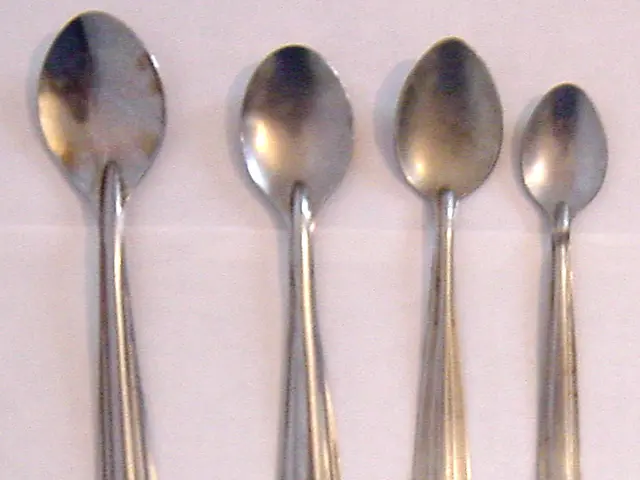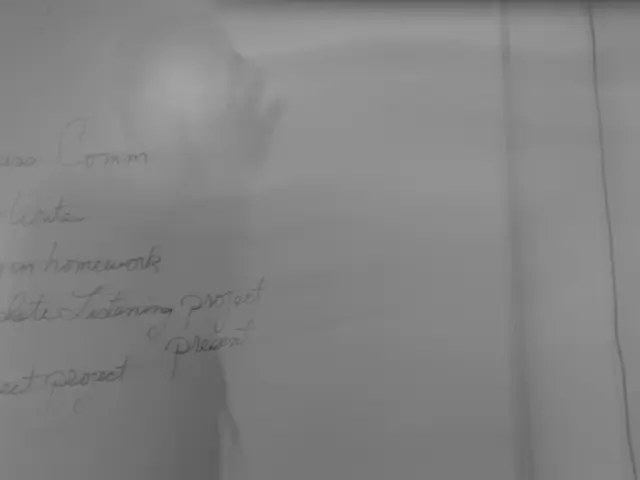Utilizing rainwater for lighting purposes in the future
A groundbreaking hydropower technology has been developed by a research group at the University of Massachusetts Amherst, offering a clean and innovative method to tap electricity from the environment. The team's discovery harnesses energy from tiny bursts of electricity that occur when rain runs down a narrow tube.
David Ma, an engineer at Texas A&M University, previously worked on a related system seven years ago. This new technology, however, presents a significant improvement, with the potential to be beneficial in rainy areas, such as tropical countries like Singapore.
The system consists of four tubes, each 32 centimeters long. As rain-like water droplets drip into these tubes, they maximise the separation of electric charges, creating higher rates of charge separation. Tiny air pockets develop between the water droplets as they slide down the tube, releasing roughly 100,000 times as much energy.
The separated positive and negative electric charges create a voltage between the ions, similar to the charge separation that occurs when you shuffle across a rug wearing socks. The electric charges in a water molecule can become spatially separated as water flows through an electrically conducting tube.
The electricity generated by the system can be used to drive chemical reactions. In early tests, the share of water molecules affected this way had been tiny, producing small amounts of energy. However, Soh's team's new solution to the problem is to mix air in with the water, which significantly increases the energy output.
Soh's group tested their system for 20 seconds, which was enough to continuously power 12 LED lights. The device works best when connected to something with high electrical resistance, close to an "open circuit," and can power only small devices, such as tiny LED lights.
The extra charge builds up in the accumulated water, creating an electric current. The team behind the new tech claims it can produce up to 100 watts of power for each square meter of surface area collecting water.
Himanshu Mishra, a physicist at King Abdullah University in Thuwal, Saudi Arabia, finds the new setup an interesting way to learn about electric charges. This innovative technology, while not having the potential to replace fossil fuels or solve global energy problems, suggests a clean new way to tap electricity from the environment. The technology can potentially be scaled up by installing rain-catching tubes on roofs or near sources of water spray, such as waterfalls.
Read also:
- Peptide YY (PYY): Exploring its Role in Appetite Suppression, Intestinal Health, and Cognitive Links
- Toddler Health: Rotavirus Signs, Origins, and Potential Complications
- Digestive issues and heart discomfort: Root causes and associated health conditions
- House Infernos: Deadly Hazards Surpassing the Flames








